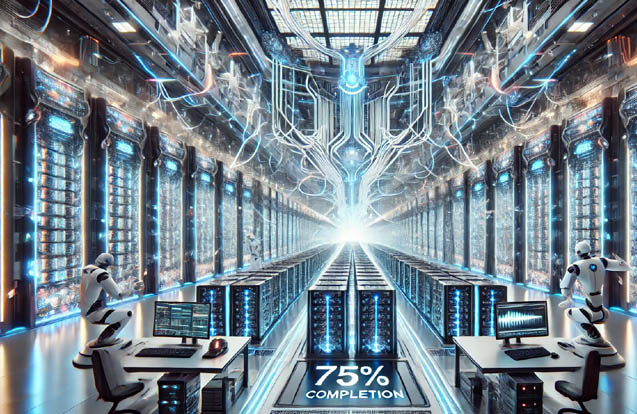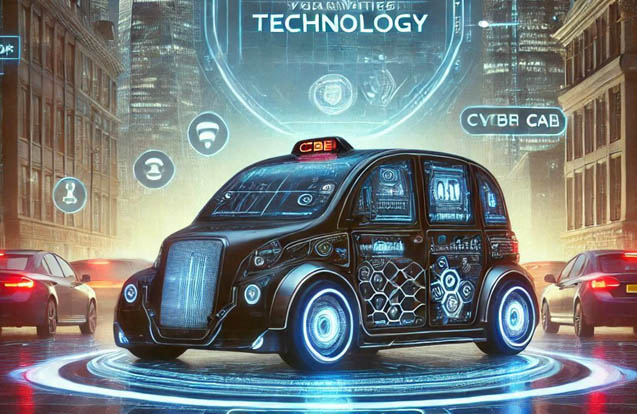
Breaking the Data Wall in AI: Future Developments & Smart Feedback Loops
11-Dec-2024AI systems have grown exponentially over the last few years, with advancements in machine learning models that are able to perform tasks that were once unimaginable. However, there's a concept that has been quietly creeping into the conversation: the "Data Wall." Simply put, the Data Wall is the challenge that AI developers are facing when it comes to acquiring and using data to improve models.
Scaling laws, which state that the more data and computational power you have, the better the model's performance should be, have been a driving force in AI development. However, these laws may not be as reliable as once thought. Experts in AI have speculated that we're beginning to hit a point where there simply isn't enough new data to continue improving models at the same pace.
The "Data Wall" represents a bottleneck in the AI process. As companies like OpenAI, Google, and Microsoft pump billions of dollars into training models, they are increasingly running out of fresh data to train on. In some cases, this leads to the use of synthetic data — data generated by AI itself. But there's a catch: if the quality of synthetic data is poor, it can end up creating a cycle of low-quality results that doesn't improve performance.
How can we break through the Data Wall? Some experts suggest that the solution may lie in rethinking the models themselves, focusing on quality over quantity of data, and improving the "post-training" phase, where AI models continue to learn and adapt after initial training. This could lead to smarter AI without relying on endless data streams.
Introducing "Smart Feedback Loops" for AI Models
What if we could introduce a new concept into the AI development cycle that could bypass the Data Wall? Enter the idea of "Smart Feedback Loops." This innovation focuses on enabling AI systems to improve autonomously by incorporating user feedback more effectively into their training data.
Currently, AI models are typically trained on large datasets and refined through supervised learning. However, these models lack the ability to adapt in real-time to new data points or changes in user behavior without significant retraining. Smart Feedback Loops aim to close this gap by allowing AI models to continuously evolve based on feedback directly from their users.
Example: Imagine an AI system used for customer service. As users interact with the system, they provide implicit and explicit feedback. Instead of retraining the model from scratch every few months, the system would adapt to this feedback instantly, improving responses over time. This approach would reduce the reliance on large data sets, making it possible to achieve consistent improvements without hitting a data bottleneck.
By creating an environment where AI models are capable of learning and adapting based on the specific needs of users, we could usher in a new era of more personalized, responsive, and intelligent AI systems.
This concept could help accelerate the use of AI across industries by making the process more sustainable, reducing the burden of constant retraining, and allowing developers to focus on innovation rather than data collection.
Why AI Progress Might Slow Down (And What You Can Do About It)
The AI landscape is at a crossroads. After several years of rapid advancements, the technology seems to be encountering a slowing phase. What was once exponential growth in AI capabilities is now starting to plateau, with experts questioning whether we’ve reached the limits of scaling AI models.
But does this mean the end of progress? Not necessarily. While the rate of improvement in AI’s core capabilities (like understanding and reasoning) may be slowing, there is still vast potential for innovation in other areas. One such area is AI agents. These are specialized AI systems that can perform specific tasks autonomously, such as managing your finances, scheduling meetings, or analyzing customer data. With new developments, these agents could revolutionize personal and business productivity.
Rather than focusing solely on making larger and more powerful models, companies should explore how AI can be applied more effectively through smaller, more specialized systems. AI agents, with their ability to perform tasks across industries like healthcare, finance, and customer service, could be the next breakthrough, offering tangible benefits to users without the need for constant model scaling.
What’s next for AI? The key is adapting to the challenges presented by the Data Wall and finding new ways to break through it — whether through smart feedback systems, new applications of AI, or smarter models that evolve based on real-time interactions.
While we might be entering a more cautious phase of AI development, the next big breakthrough is still possible. And it might just come from areas that many IT professionals haven’t yet explored, such as AI's ability to learn from smaller data sets or adapt in real-time without endless training cycles.
Closing Thoughts: Are We in the Calm Before the Storm?
Despite the slowing progress in AI's raw power, the future remains incredibly exciting. With the potential of AI agents, smarter feedback loops, and more efficient models, there's still a huge amount of untapped potential. For IT professionals and developers, it’s a time to rethink the current approach and focus on the next wave of innovation that could disrupt entire industries.
Whether you’re working on developing new AI tools or managing existing systems, staying ahead of the curve will require creativity and flexibility. The AI landscape is shifting, and the next breakthroughs may not look like what we expected—but they could be just as transformative.
By focusing on innovation and thinking beyond traditional models, AI could reach new heights, breaking through the so-called "Data Wall" and pushing the boundaries of what’s possible.
Explore how Smart Feedback Loops and innovative AI breakthroughs are shaping the future of artificial intelligence. From solving the Data Wall to the role of AI agents, learn about the game-changing developments pushing AI technology forward. #AIRevolution 🤖 #SmartFeedbackLoops 🔄 #FutureOfAI 🌐 #MachineLearning 📚 #AIBreakthroughs 🚀 #DataWallSolutions 🧱 #ArtificialIntelligence 💡 #AIInnovation 🔧 #TechTrends 🔍 #AIdevelopment 🧠
Be part of the conversation shaping the future of AI! Share your insights and ideas about these groundbreaking advancements—we’re eager to hear from you.
Email Us: Share Your Thoughts on AI’s FutureHas AI Progress Peaked? A Look into the Future of AI
In the world of artificial intelligence (AI), the big question has shifted from "when" to "if" breakthroughs will happen. For years, experts have predicted the continuous growth of AI, but recent developments suggest that we might be seeing a slowdown.
AI Performance Anxiety: Are We Reaching a Ceiling?
In Silicon Valley, there’s growing concern that AI's rapid advancement is hitting a plateau. Models like OpenAI's GPT series and Google's Gemini were once revolutionary, but reports suggest the improvements in newer versions are becoming less dramatic.
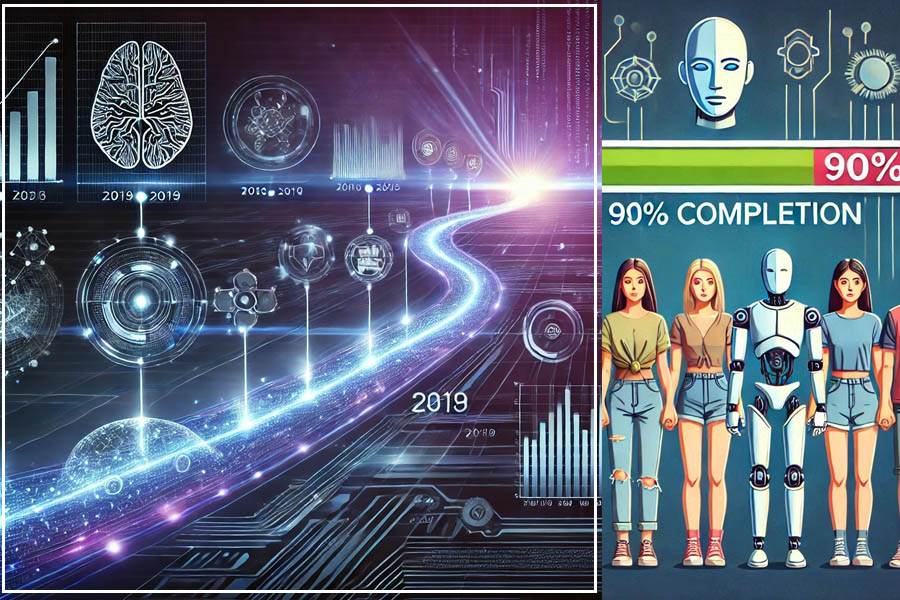
For example, OpenAI’s upcoming GPT-5 is expected to be a significant leap forward. However, some experts warn that the gap between this new model and its predecessors may be smaller than anticipated. The jump from GPT-3 to GPT-4 was huge, but similar progress between GPT-4 and GPT-5 may not be as noticeable.
Why Progress is Slowing: The Limits of Scaling Laws
The main idea behind AI progress has been "scaling laws" – the belief that adding more data and computing power leads to smarter AI. However, this approach might be running into limits. Data, which is crucial for training AI, may soon run out or become repetitive, leading to diminishing returns.
Imagine trying to teach an AI by feeding it more and more books. At first, it learns quickly, but eventually, there’s only so much new knowledge it can absorb. This is the challenge companies like OpenAI, Google, and Nvidia are facing today. Even with endless data, the gains in intelligence are getting smaller.
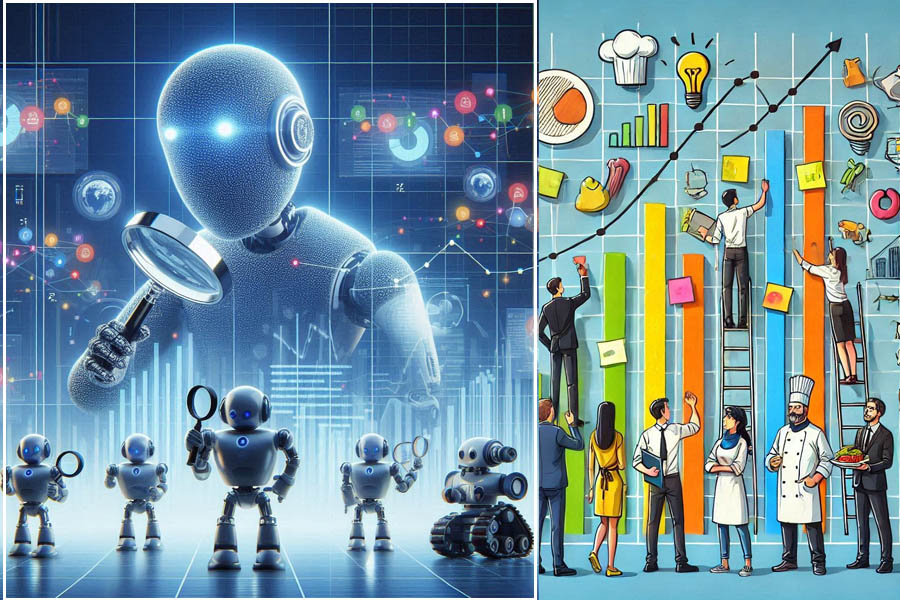
One possible solution is using "synthetic data" – AI-created content that trains other AI models. While this could help, it risks feeding poor-quality data into the system, which might lead to even poorer results. This raises the question: How much better can AI really get with the current approach?
The Future of AI: Searching for New Use Cases
Despite these challenges, AI is far from dead. Experts argue that we’ve only scratched the surface of what existing AI models can do. For instance, AI models today are highly capable, but they are still underused in real-world applications.
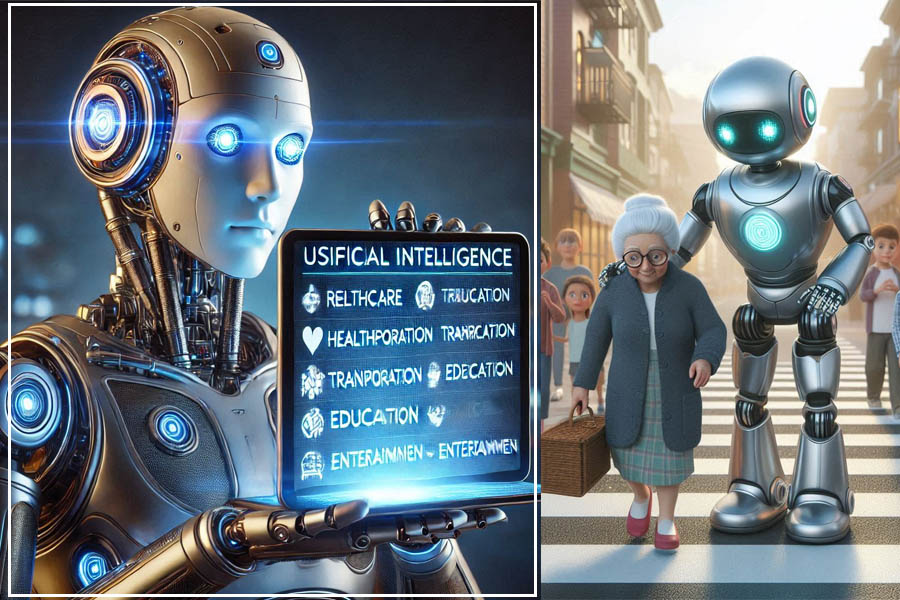
Companies are now shifting their focus from simply training larger models to finding practical uses for them. OpenAI, Anthropic, and Google are developing AI tools for tasks like analyzing computer screens and improving reasoning abilities. The next big breakthrough might not come from making AI smarter, but from making it more useful in daily life.
Are AI Models Reaching Their Limits?

So, has AI reached its peak? Some say yes, while others argue that AI's potential is far from being tapped out. The race for the next big AI model continues, with companies preparing to release new versions over the next few years. But whether these models will live up to the hype is still uncertain.
In the end, the future of AI might not depend on creating bigger models, but rather on finding the right use cases where these existing tools can be applied effectively.
Thank you for reading: Globalpostheadline.com
